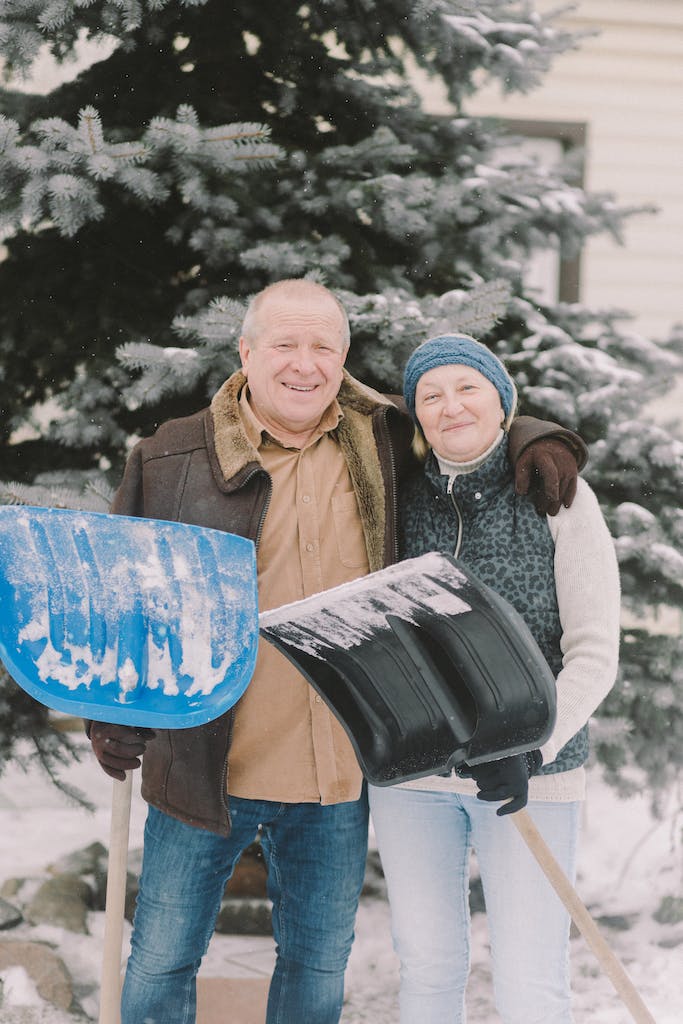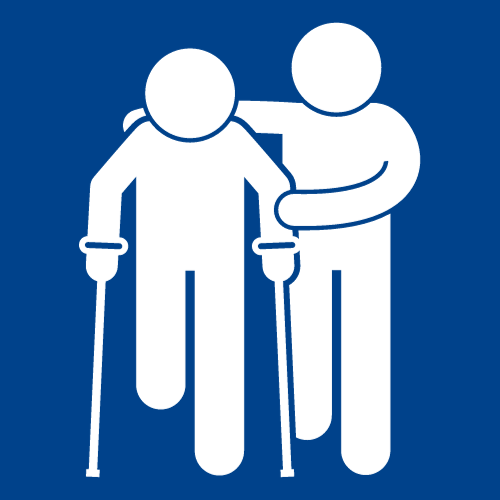I woke this morning to a beautiful white blanket of snow in the backyard with heavy snow still accumulating. It was a pure pleasure drinking my coffee in my heated glass sun room and watching the snow fall. It reminded me of past trips to the Colorado Rockies, sitting on the balconies of ski lodges and enjoying the fresh mountain air. After a while, the bliss ended, and I started thinking about the exhaustion of clearing this slushy mess from my walkways and driveways at home and at my office. I started to remember some statistics I once read about the risk of snow removal.
According to the U.S. Consumer Product Safety Commission, in 2018, more than 137,000 people were treated in emergency rooms, doctors’ offices, and clinics for injuries that happened while shoveling or removing ice and snow manually. The most significant health risks are heart attacks and orthopedic injuries, particularly to the lower back and shoulders. Those at greatest risk are individuals who are older or unfit for the task at hand.

Tips for safe snow removal
- Wear breathable layers. Layering is typical cold winter weather advice. We suggest wearing layers of loose clothing so you can peel a layer off if you get hot. Avoid wearing heavy wool, man-made materials, or other materials that don’t allow perspiration to evaporate. Better choices are cotton and silk.
- Watch your feet. No, you aren’t on Dancing with the Stars, but nonetheless, you need to pay attention to what’s on your feet when heading outdoors to shovel snow. SIMA suggests wearing quality outdoor winter wear, such as waterproof boots with good traction. Good traction is critical to ensuring that you don’t slip and fall.
- Drink up! Water, that is. SIMA recommends taking frequent breaks and staying hydrated. You should drink water as if you were enduring a tough workout at the gym or running five miles.
- Call and text. We’re not suggesting that you make calls and text while shoveling snow, but it is important to have your cell phone on you so you can make a call in the event of an emergency.
Choose a snow shovel that is right for you.
- Be sure that your shovel has a curved handle, as this enables you to keep your back straighter when shoveling.
- Obtain a shovel with an appropriate-length handle. The length is correct when you can slightly bend your knees, flex your back 10 degrees or less, and hold the shovel comfortably in your hands at the start of the “shoveling stroke.”.
- A plastic shovel blade will generally be lighter than a metal one, thus putting less strain on your spine.
- Sometimes, a smaller blade is better than a larger blade. Although a small blade can’t shovel as much, it avoids the risk of trying to pick up a too-heavy pile of snow with a larger blade.
Your shoveling technique is very important.
- When you grip the shovel, make sure your hands are at least 12 inches apart. By creating distance between your hands, you increase your leverage and reduce the strain on your body.
- Push, don’t lift. It sounds like something a high school wrestling coach may say but if you push the snow to the side rather than trying to lift the snow to remove it, you exert less energy, thereby placing less stress on your body
- If you must lift the snow, lift it properly. Squat with your legs apart, knees bent, and back straight. Lift with your legs. Do not bend at the waist.
- Remember that wet snow can be very heavy. One full shovel load can weigh as much as 25 pounds
- Scoop small amounts of snow into the shovel and walk to where you want to dump it. Holding a shovel of snow with your arms outstretched puts too much weight on your spine.
- Never remove deep snow all at once; do it an inch or two at a time. Rest and repeat if necessary.
- Turn your body to dump your shovel, rather than twisting your waist.
- Never throw snow over your shoulder. Keep it lower than shoulder height, and switch sides frequently to avoid overusing one arm or the other.
- Pace yourself by taking frequent breaks to gently stretch your back and arms.
Remember to stretch!
The pictures above show a few helpful stretches for the lower back and shoulder to prevent injury when shoveling snow. You should perform 6–10 repetitions each. Take each stretch as far as possible. Perform these stretches before, during, and after your snow removal.
Finally, for those of us who are able-bodied, it is always worth remembering neighbors on your block who might not be able to remove the snow from their sidewalks. A few minutes of help can make a world of difference to the wellbeing of a less able-bodied person, as well as make you a good neighbor! Here’s to safe shoveling!






